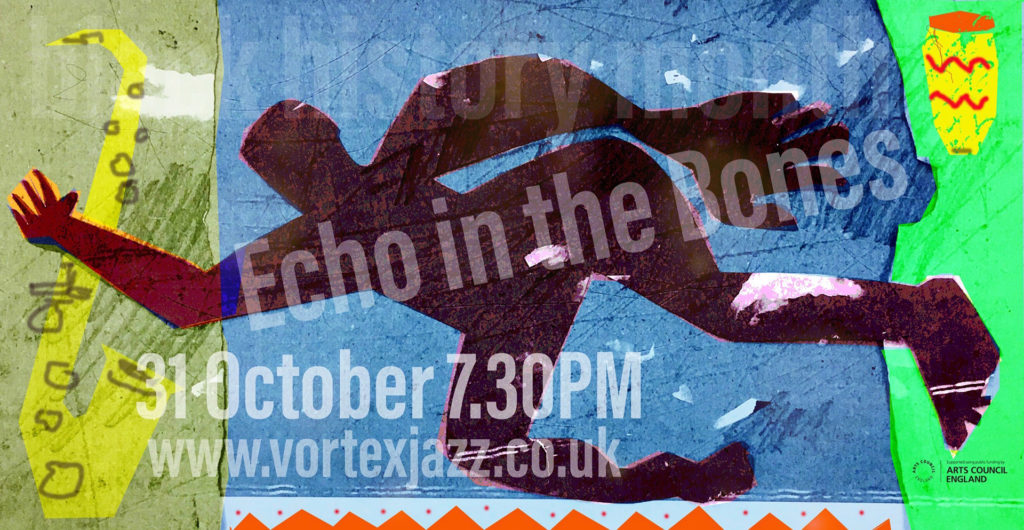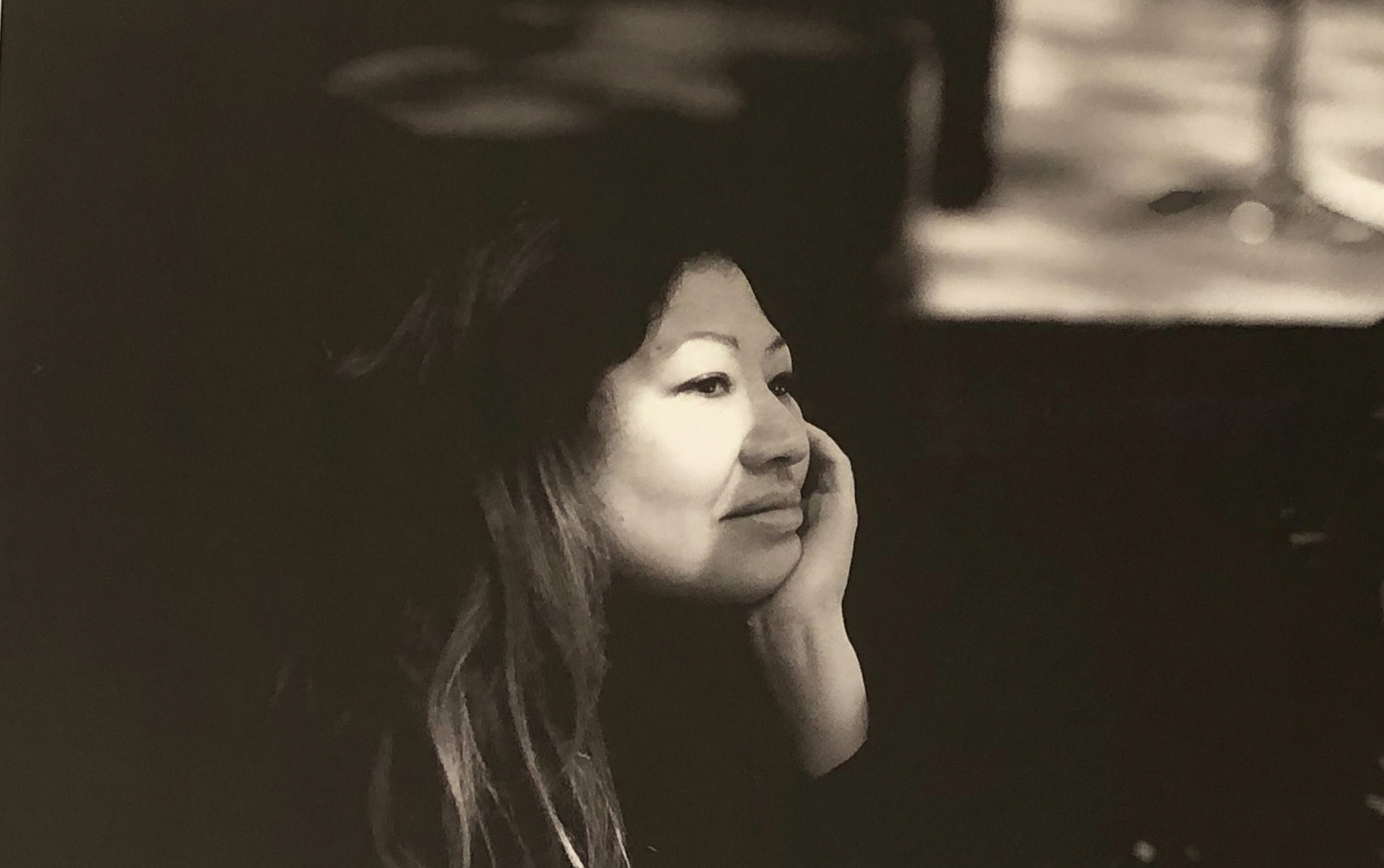Ideas behind Echo
in the Bones
Trinidad-born Kathianne Hingwan explains the significance of a free jazz event celebrating Black History Month
Music is our witness, and our ally. The beat is the confession which recognises, changes and conquers time. Then history becomes a garment we can wear and share, not a cloak in which to hide; and time becomes a friend – James Baldwin.
With Black History Month now a symbolic annual occurrence, Echo in the Bones references the encounters and experiences of black people by validating and celebrating their survival and achievements. In other words, their survival through creativity.
The project began by asking: what is black history? Does it exist in isolation from other histories? Can history belong to any one group?
The history that I was taught at school started with the kings and queens of England, and other significant figures and momentous events. Rarely was it about the lives of ordinary people, or people of colour. Where did black history fit within the history of Great Britain?
Black culture has played a creative role in shaping youth culture, pop culture and the culture of city life in our metropolitan centres. It is thus impossible to speak coherently of black history in isolation from, or as a separate category from English history.
Black people’s history is intimately bound up with the development of Western modernity
Although the presence of black people was erased from many mainstream historical narratives we discover fragments of their existence here and there. Black people’s presence in Europe pre-dated New World slavery so this history does not begin with slavery. Black people’s history is intimately bound up with the development of Western modernity, through the Age of Enlightenment, the rise of mercantile trade of which slavery was a part, colonisation and exploitation, and migration.
To turn the idea of black history into a creative music project it helped to imagine a ship navigating the routes of black history as it follows the triangular trade path of the black Atlantic (Britain, Africa and the Americas). The movements of peoples, goods, ideas and ships between the countries of the Atlantic in time would also shape transatlantic black identity.
While slavery is at the root of black Atlantic identity, it is not a single homogenous identity. The people who were transported as slaves are not the same as the Africans and their descendants who were not. There is a shared core of the experience of slavery – an echo of loss: for the enslaved and their descendants, that of loved ones and communities, religion, arts and skills. It is an echo of ruptures, echo of a cultural memory.

Fragments of culture were transmitted through the echoes of musical rhythms and bodily movements, and what was lost was re-made in new settings: ruptures of legitimate ties both to an ancestral past and descendants, not forgetting that at the core of slave status is social death – the denial that a person has any legitimate ties to ancestors or descendants.
Besides goods and human cargo for trade, the ships carried modern ideas of democracy and freedom. Paradoxically they also carried forced migration and slavery. Therefore, racial oppression sits at the core of the highest achievements of modern civilisation and its political and intellectual system.
The Enlightenment’s commitment to knowledge, rationalism, freedom and happiness gave rise to classical liberalism. Yet, ironically, these principles did not include the freedom and happiness of the enslaved and lay at the foundation of modern notions of race and racism.
Echo in the Bones imagines the body as an archive that connects the ancestral past to the present
While the majority of Britain’s diverse blacks are post-war settlers their diaspora awareness is more than a reflection of the proximity of migration, but corresponds directly to the subordinate positions they occupy, which links blacks in Africa, the Caribbean, the US and Europe.
The expressive cultures – music, song and dance – allowed black people to embrace a common identity. Echo in the Bones imagines the body as an archive that connects the ancestral past through the various historical epochs to the present. Diasporic movement, slavery and trauma, as well as creativity, are written on the travelling bodies of generations of the black Atlantic. This music is a movement, circulating and innovating as it moves within and between continents but always driven by the echoes of the past.
Kathianne Hingwan is the producer of Echo in the Bones, the second of three compositions, written and arranged by Renell Shaw, broadcast at 7.30pm, Saturday, 31 October. Supported by Arts Council England, the Shape of Jazz to Come and Vortex Foundation

Leave a reply
Your email address will not be published.